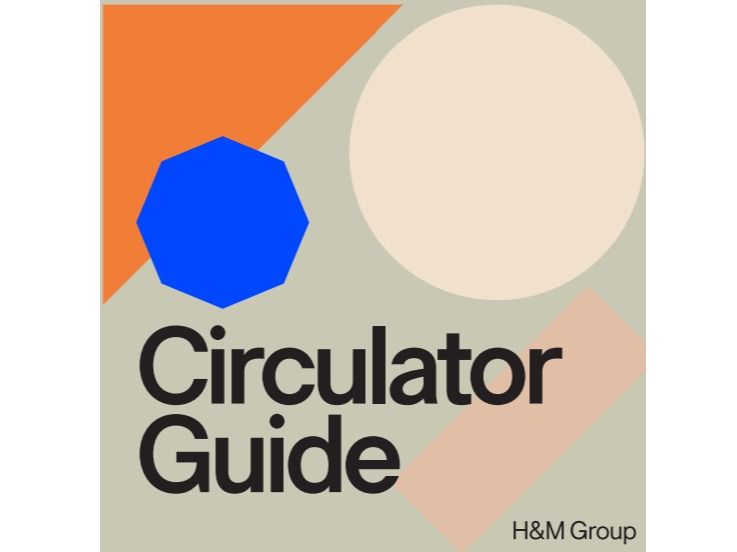
Added: Jan 18, 2023
Last edited: Jan 17, 2025
H&M Group wants to become a fully circular business and by 2025 it aims to design all products for circularity using the Circulator. To make this transition the company needs to design products that last longer, are easier to recycle and made from safe, sustainably sourced or recycled materials.
Modern textiles rely heavily on petrochemical products that come from many of the same oil and gas companies driving greenhouse gas emissions. Today, in fact, fashion accounts for up to 10% of global carbon dioxide output—more than international flights and shipping combined, according to the United Nations Environment Programme. 48 million tones of clothing are disposed worldwide every year. 73% are incinerated, 12% is reused, 12% is downcycled, and only less then 1% is turned into new clothes.
With over 70% of a product’s environmental impact determined at the design stage, it is time for a new approach. Over the past few years, a team of H&M Group internal and external experts have been reshaping the company approach to developing products. The result is the Circulator – a tool that supports designers through a new product development process. First steps involve defining a product’s purpose that will guide decisions on which materials and design strategies to use. The tool balances trade-offs between durability and recyclability, supports more objective decision making and assesses the circular potential of products.
The circulator guide can be consulted at: https://hmgroup.com/wp-content/uploads/2021/11/Circulator_Guide_v1.0.pdf

